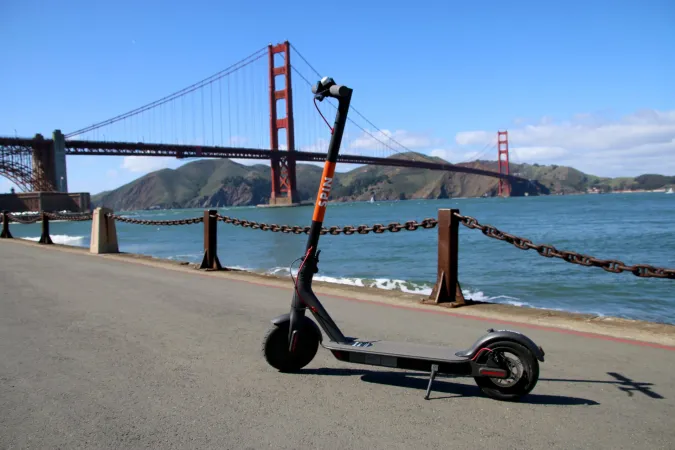
I still remember my first time trying an electric scooter. It was a warm evening in Lahore, and I was running late for a meetup with friends. Instead of booking a ride or jumping into traffic, I spotted a sleek e-scooter parked near the sidewalk. A simple app scan later, I was zipping through the streets, beating the rush and smiling the whole way.
That moment changed how I look at travel in the city.
This isn’t just my story. It’s becoming a new normal — and it all falls under the growing concept of micromobility.
What Exactly Is Micromobility?
If you’re hearing the word for the first time, don’t worry. Micromobility refers to lightweight, usually electric vehicles — like e-scooters, e-bikes, and hoverboards — designed for short-distance travel.
They’re not built for highways. They’re made for short hops: from your home to the metro, from your dorm to a café, or from one street to the next when you’re in a rush and traffic is impossible.
The idea is simple: move faster without relying on big cars or crowded buses.
Electric Scooter Sharing: Freedom on Two Wheels
One of the biggest stars in this new transport trend? Electric scooter sharing.
Gone are the days when you had to own a vehicle to enjoy flexible travel. Now, with a few taps on your phone, you can rent an electric scooter nearby, ride it to your destination, and park it — no ownership required.
Most services work the same way:
-
Open the app
-
Find a nearby scooter
-
Unlock it using a QR code
-
Ride
-
Park responsibly and end the trip
It takes less time than ordering a coffee.
Why Pakistan Needs Micromobility Right Now
Let’s be honest. Our cities are bursting at the seams. Between smog, packed roads, fuel hikes, and unreliable public transport, getting around is often a nightmare.
That’s why this shift toward smaller, smarter travel methods makes sense — especially in urban centers like Karachi, Lahore, and Islamabad.
Micromobility helps in more ways than one:
-
It reduces traffic by cutting down on car use
-
It’s budget-friendly — no fuel, no maintenance
-
It’s green — electric scooters are zero-emission
-
It’s flexible — go where and when you want
Who’s Using Electric Scooter Sharing in Pakistan?
You’d be surprised.
College students use it to get to campus without waiting for a ride. Office workers hop on scooters to beat the morning rush. Even delivery riders are exploring micromobility options to move quickly through tight city lanes.
And for those who can’t afford a car or don’t want to deal with the headache of traffic, scooters provide freedom — plain and simple.
Rent an Electric Scooter — Experience the City Differently
Using a scooter for the first time can feel like a mini adventure. There’s a slight hum when it starts, a breeze on your face, and a new way of looking at the streets you’ve walked a thousand times.
You begin to notice details — street art, small shops, children playing — things you miss behind a car window.
Plus, for just a few rupees, you get from Point A to B without worrying about parking, fuel, or long waits.
It’s transport with a touch of fun.
Safety Matters — Always
Now, this doesn’t mean we forget safety. If you’re going to ride, ride smart. Wear a helmet, stick to safe routes, and be alert. Scooters are fast, but you’re still sharing the road with others.
Cities also need to step up. There should be designated lanes, better regulations, and awareness campaigns so that micromobility doesn’t turn chaotic.
The Road Ahead
We’re only scratching the surface. As more people experience the ease of electric scooter sharing, the demand will rise. Apps will get better, scooters will get smarter, and maybe — just maybe — our cities will breathe a little easier.
For now, the next time you’re stuck or in a hurry, try this: instead of booking a car or grabbing a rickshaw, rent an electric scooter. You might just fall in love with the ride.